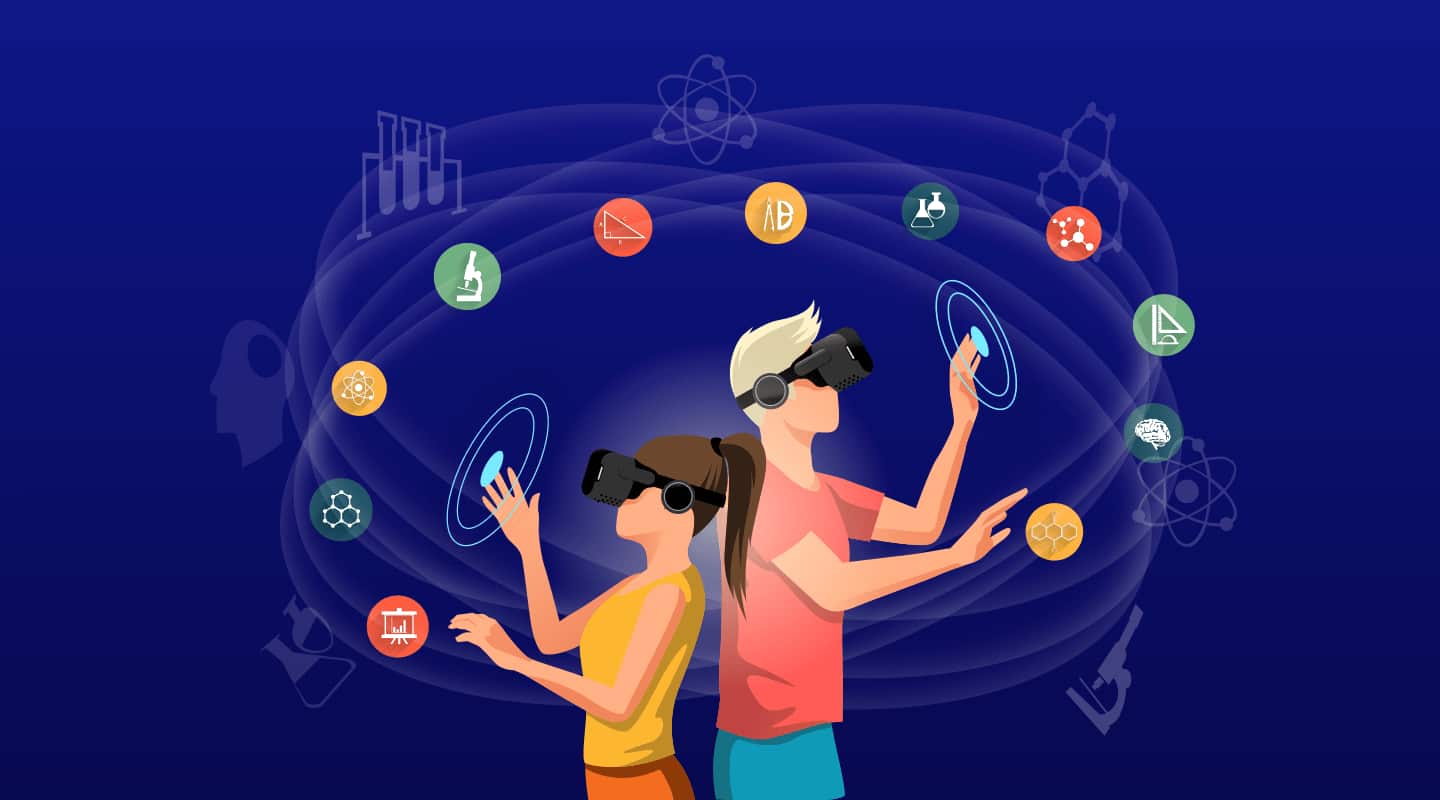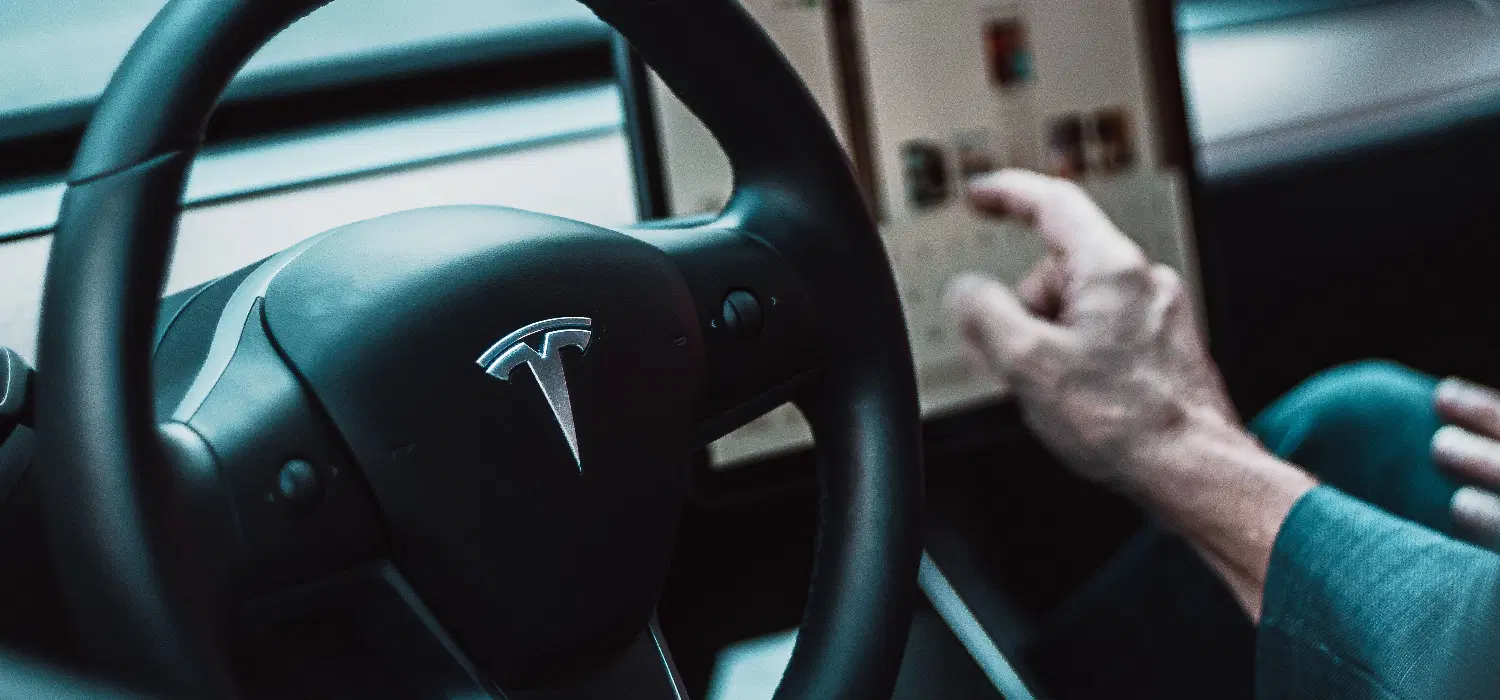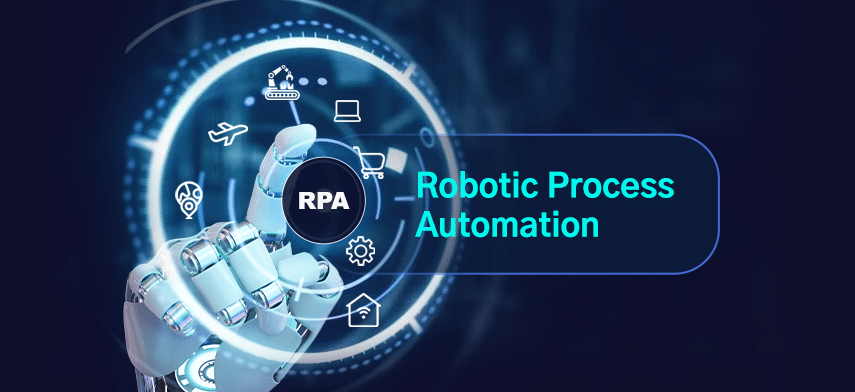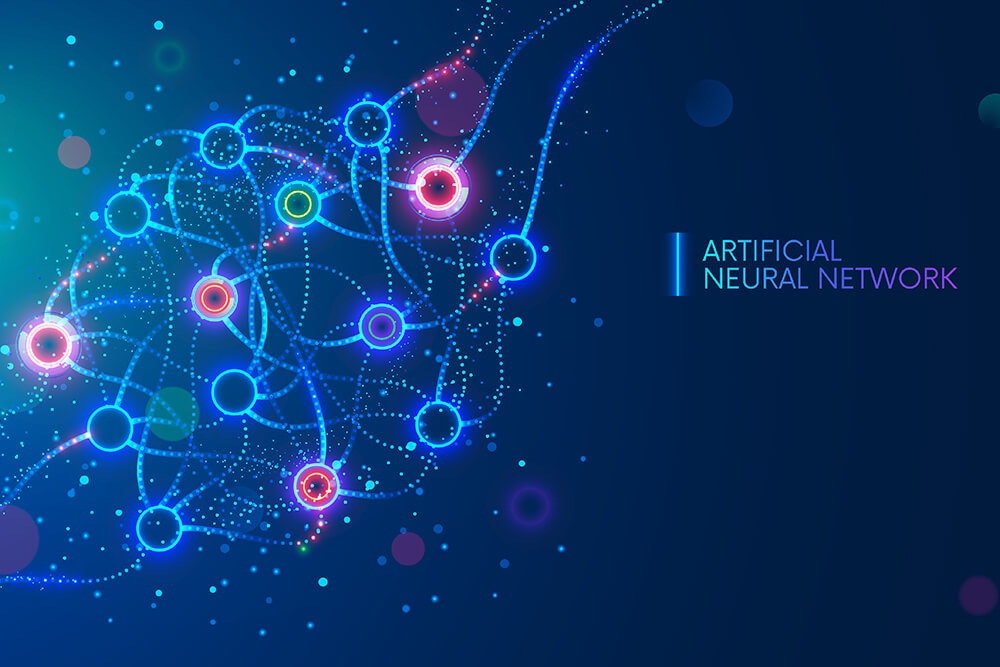Virtual Reality (VR) is rapidly transforming the educational landscape by providing immersive and interactive learning experiences that traditional teaching methods often lack. By creating simulated environments that engage students in novel ways, VR enhances the learning process across various subjects and educational levels. The integration of VR in education offers numerous benefits, including increased engagement, enhanced understanding, practical skill development, and broader accessibility.
Enhanced Engagement and Motivation
One of the most notable benefits of VR in education is its ability to significantly boost student engagement and motivation. Traditional teaching methods can sometimes struggle to captivate students’ attention, particularly in subjects that may seem abstract or challenging. VR addresses this issue by providing immersive experiences that make learning more interactive and enjoyable. For instance, history students can virtually travel to ancient civilizations, while biology students can explore the human body at a cellular level. These interactive experiences capture students’ imaginations, making learning more exciting and encouraging them to participate actively in their education.
Improved Understanding and Retention
VR offers a unique advantage in enhancing comprehension and retention of complex concepts. By simulating real-world scenarios and providing hands-on experiences, VR allows students to visualize and interact with abstract ideas in a tangible way. For example, in science education, VR can simulate chemical reactions or physical processes, helping students grasp intricate principles that might be difficult to understand through textbooks alone. This experiential learning approach helps reinforce theoretical knowledge by providing a practical context, leading to improved understanding and long-term retention of information.
Development of Practical Skills
Another significant benefit of VR in education is its ability to facilitate the development of practical skills. In fields such as medicine, engineering, and aviation, VR enables students to practice and refine their skills in a risk-free environment. Medical students can perform virtual surgeries, engineers can design and test structures, and pilots can experience flight simulations—all without the constraints and risks associated with real-world practice. This hands-on experience is invaluable for skill acquisition and proficiency, allowing students to make mistakes and learn from them in a controlled setting.
Personalized Learning Experiences
VR technology also supports personalized learning by adapting to individual students’ needs and learning styles. Unlike traditional classroom settings where instruction is often uniform, VR can offer customized experiences that cater to diverse learning preferences. For instance, students who struggle with visual learning can benefit from VR environments that provide visual and spatial representations of concepts. Additionally, VR can adjust the difficulty level of tasks based on a student’s performance, ensuring that each learner progresses at their own pace. This personalized approach helps address varying skill levels and learning styles, making education more inclusive and effective.
Access to Remote and Diverse Learning Opportunities
Virtual Reality has the potential to bridge educational gaps by providing access to remote and diverse learning opportunities. Students in underserved or remote areas can access high-quality educational resources and experiences that might otherwise be unavailable to them. For example, VR can bring renowned museums, historical landmarks, and scientific laboratories into the classroom, offering students a global perspective and exposure to diverse fields of study. This increased access to resources and experiences enriches the learning environment and ensures that all students have the opportunity to engage with a broad range of educational content.
Enhanced Collaboration and Communication
VR also fosters enhanced collaboration and communication among students. Many VR platforms support multi-user environments, allowing students to work together on projects, participate in group simulations, and engage in collaborative problem-solving activities. This shared virtual space encourages teamwork, improves communication skills, and helps students develop interpersonal relationships. For instance, students working on a virtual science experiment can discuss their observations, share insights, and solve problems collectively, mirroring real-world collaborative experiences and preparing them for future professional environments.
Conclusion
Virtual Reality is revolutionizing education by offering immersive, interactive, and personalized learning experiences that traditional methods may struggle to provide. Its benefits, including enhanced engagement and motivation, improved understanding and retention, development of practical skills, personalized learning opportunities, access to diverse resources, and enhanced collaboration, make it a powerful tool in modern education. As VR technology continues to advance, its integration into educational practices promises to create more engaging and effective learning environments, preparing students for the complexities of the modern world and expanding the horizons of education.



